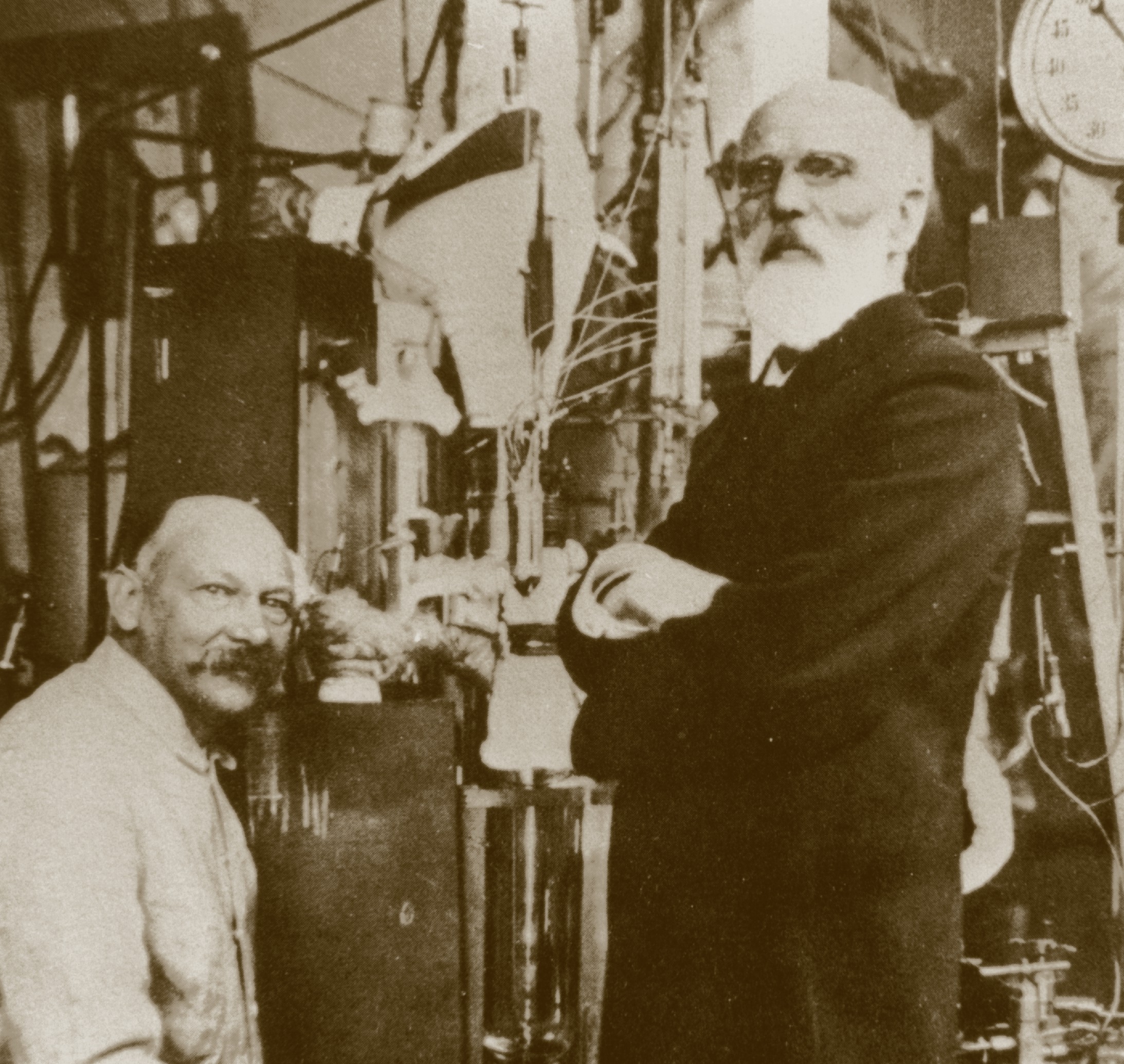
The terms in bold link to topics in the AQA, Edexcel, OCR, WJEC and CCEA A-level specifications, as well as the IB, Pre-U and SQA exam specifications.
In his research into the properties of matter at low temperature, Heike Kamerlingh Onnes exploited the gas laws to produce very low temperatures and discovered superconductivity.
Your organisation does not have access to this article.
Sign up today to give your students the edge they need to achieve their best grades with subject expertise
Subscribe




